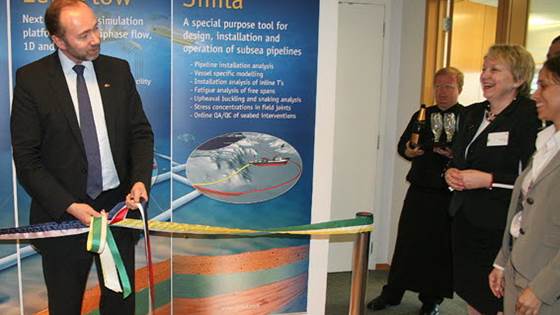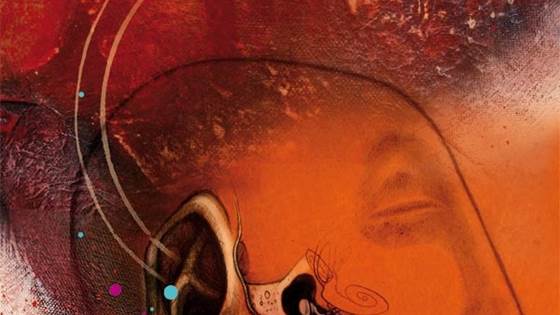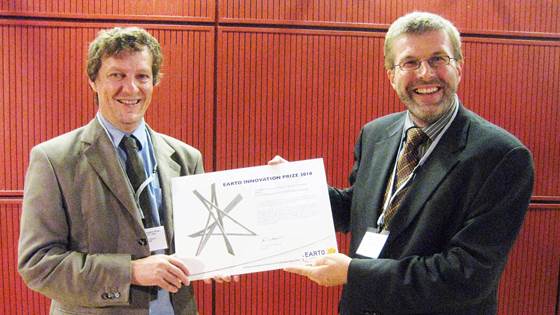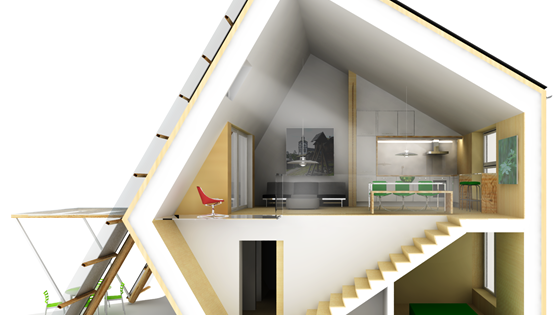
See me! Feel me! Touch me!
What exactly happens when we send an SMS or enlarge or shrink images on a mobile screen? And why doesn't it work if we wear gloves?

What exactly happens when we send an SMS or enlarge or shrink images on a mobile screen? And why doesn't it work if we wear gloves?

A new kind of vessel is being specially designed to tolerate the tough, frigid conditions in the Arctic.

Synthetic biology has arrived. At a stroke, gene technologists have become the world's most significant and controversial designers.

SINTEF is setting up a research foundation with headquarters in Rio de Janeiro in Brazil. The Instituto SINTEF do Brasil will play an important role in reinforcing SINTEF's position in the international research and development market, says SINTEF...

Industry separates crude oil, natural gas and chemical mixtures into pure products by means of fractionating distillation columns. This process is energy-intensive, but a new type of column structure promises energy savings of as much as...

Process control systems in production plants and on board ships and platforms currently need expensive installations and kilometres of cable; all of this is about to change.

Plant photosynthesis depends on membranes, and human beings would be unable to hear without the eardrum. Could yet another membrane help rescue us from a climatic catastrophe?

Soon, your family doctor will no longer have to send blood or cancer cell samples to the laboratory.
New technology can measure soot particles in the exhaust of diesel engines.

For years, the whole world has looked up to the Japanese industry. Now, Toyota wants to learn about evaluating team organization from Norwegian researchers.

Can industrialized countries conserve their way out of an energy crisis?

Norwegian research scientist Anne Kvithyld was named recipient of the prestigious 2011 Vittorio de Nora Award for Environmental Improvements in Metallurgical Industries by The Minerals, Metals & Materials Society (TMS) for her work on recycling...

A recent PhD study shows that there is no link between mould-spore concentrations in the indoor air and development of asthma and allergy among children.

Christian Simon and Ferdinand Männle from Materials and Chemistry recently received an innovation award from EARTO, a trade association of European research institutes.

The efficient functioning of a low-energy home depends to a great extent on its occupants. “This is why the human factor must be taken into account during the planning and design of such buildings,” says researcher Judith Thomsen at SINTEF Building...